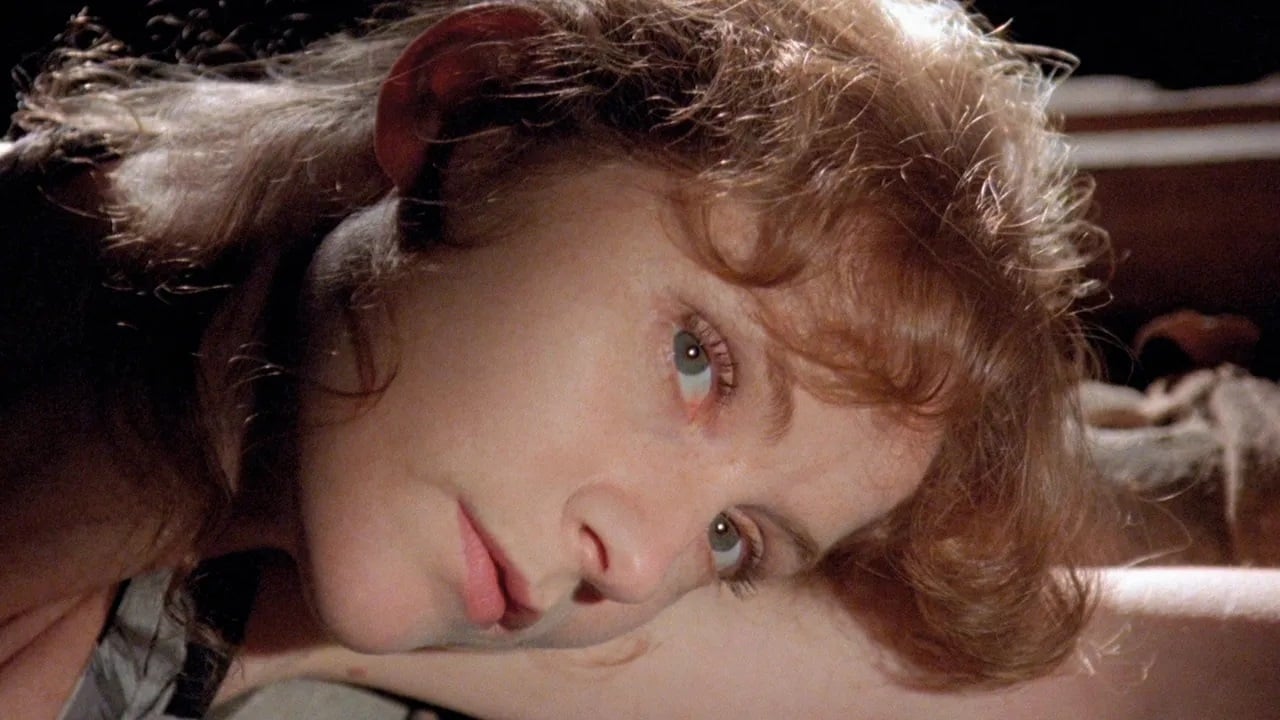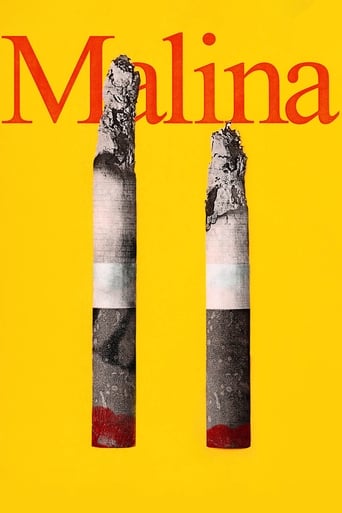

SERIOUSLY. This is what the crap Hollywood still puts out?
... View MoreThis film is so real. It treats its characters with so much care and sensitivity.
... View MoreStory: It's very simple but honestly that is fine.
... View MoreBlistering performances.
... View MoreI just saw two of Schröeter's films (admittedly much earlier, by about a decade, when his career, such as it was, was just beginning). The first was some unnamed cheap piece of boring fluff where he uses mildly artistic backdrops to pretend his (mostly undressed, the only virtue of the film) characters are on a world tour, and der Bomberpilot—translation available—in which three female (and only occasionally nude) friends go from entertaining Hitler on stage to boring hundreds, on stage and in this film, in a self-indulgent plot-less (sorry, the IMDb editor refuses to print that as one word, so I had to add a hyphen) semi-musical —without any musicality—European and American—sense a theme here?—romp nearly as pointless as the previous film. No pilot of any kind, nor any war planes, make an appearance, though a 707 plays a brief supporting role.With that, and also, like Shane Anderson previously on this page, being a massive Bachmann fan and awed Malina admirer, and having read the reviews here and the scant criticism available on German sites (that should tell you something), I feel no loss in having decided not to even bother seeing it at all tonight, tho it was being shown, with subtitles (my German is good enough for reading, not good enough for plays and movies), a mere 9 blocks from my house. I suggest you do the same.I can vouch for Anderson's terse yet comprehensive summation without having seen what even ten years into Schröeter's career can only be, in his incapable hands, another travesty, despite having secured the estimable Huppert. As to commenter JustApt's insight into the 'animal' anagram of the title, it's useful to know that there are NO German cognates for animal, the German word for which is 'Tier'.
... View MoreIn Werner Schroeter's very free interpretation of Ingeborg Bachmann's novel "Malina" (1971), the main character has no name, but appears in four reflections, two of them are the male main characters Malina and Ivan. Moreover, Schroeder used even two light-doubles for a famous mirror scene in which the female character appears in a "chiastic" and thus non-Aristotelian relation. We already see: Schroeder's movie is a movie about the splitting of individuality, but not simply by creating Doppelgängers, as, e.g. R.W. Fassbinder did in the characters of Hermann Hermann and Felix Weber in "Despair" (1978), but so that every time one of the two male reflections and one of the two female reflections stand in an over-cross relation to one another. This had been done before in such a splendid manner only once: by E.T.A. Hoffmann in his "Princess Brambilla" (1820). A comparison of the time of Schroeter and that of Hoffmann is made here not merely by the coincidence of some motives, but by the fact that Schroeter very often uses Pre-Illumination procedures instead of telling a story in the rationalist way. Very often, this happens by the use of mythological movies or specific themes out of operas. We remember the famous Paphnutius episode in which the former fairy Rosabelverde appears as Fräulein Von Rosenschöngrün and the puzzled narrator explains that by order of the ruler all non-rationalist concepts have been banned out of the state. However, we are also told that certain relics of thought have survived, and in the modern time of film we mostly meet them in the fascinating oeuvre of Schroeter where causality appears together with magical series, the subject is subject to a topic taken from association rather than logic and so on. In a certain, no less fascinating, way one could say that Schroeter uses for deconstruction of our reality, based on two-valued logic, not the famous procedures prepared by Derrida and already by Heidegger, but by dissolving rational structures in the streams of Pre-Enlightenment pictures. When the female main character, who doubtlessly bears the signs of writer Ingeborg Bachmann herself, talks about her constant pains and her impossibility to live under the premises of her work and the two men who are her projections, we realize that Bachmann's writing (including her PhD dissertation about fundamental ontology) are interpreted by Schroeter from the standpoint of deconstructing femininity. After having destroyed her femininity up to a certain measure by construction of her different mirror images ("I exist only in the mirror", she says in the movie), she tries to construct it newly by means of what one would call language criticism methodology based on the fundamental ontology of her own work. To see that and how she fails leads in Schroeter's movie to a spectacular last scene - and also in Bachmann's 47-years-old-life in "reality". In reality?
... View More+: the last scene where she disappears into the wall is the only redeeming quality of this movie. it's amazingly beautiful.-: I've read the book, the screenplay and now I've approached the film. I see a clear line of delineation in the quality. Malina the book is a masterpiece, Malina the screenplay is more like reading over Jelinek's shoulder as she tries to read and interpret and add her own problems to Bachmann. And then this film? First of all, it's over intellectual to the point where it makes no difference what's going on, what's being shown, what's being said or how these are supposed to relate. There's reference stacked on top of nauseating reference -which can be OK, but here it adds up to nothing. The insertion of the Bachmann myth only makes it seem more like a novelty piece than a film that's really trying to say something. The pace of the film is awful, the messe en scene is uninventive and the performance, to my dismay, is flat. Another problem: she's 'crazy' from the very beginning. We see only one scene where she can hold her own, but that misses the whole point of both the book and the screen play: that the linguistic problem is at the root of the problem. It's hard to explain much more in such a small format, but I had to write this to warn anyone who also loved the book and decided to see the film version out of love. Approach it with curiosity, but don't expect much from this wanna be art film. Oh, and the whole flame thing? It's been done. Nice try trying to use a 'symbol' which expands upon nothing (other than the Bachmann myth).
... View MoreMalina, the key character of this psychological enigma, is the strong rational part of a fragile personality, which splits also in a passionate female character, played by Isabelle Huppert, both actually symbolic figures of a single personality. The story describes, in a thrilling performance of the dual actors, a disastrous love affair, where love substitutes the reason of being and in spacial reflections of her childhood and parents, unfolds the puzzle of authenticitation in a passionate relationship. Symbolic behavioral patterns are the driving elements of this movie by a german director, but in perfect line with classic French movies, e.g. by Claude Chabrol.
... View More